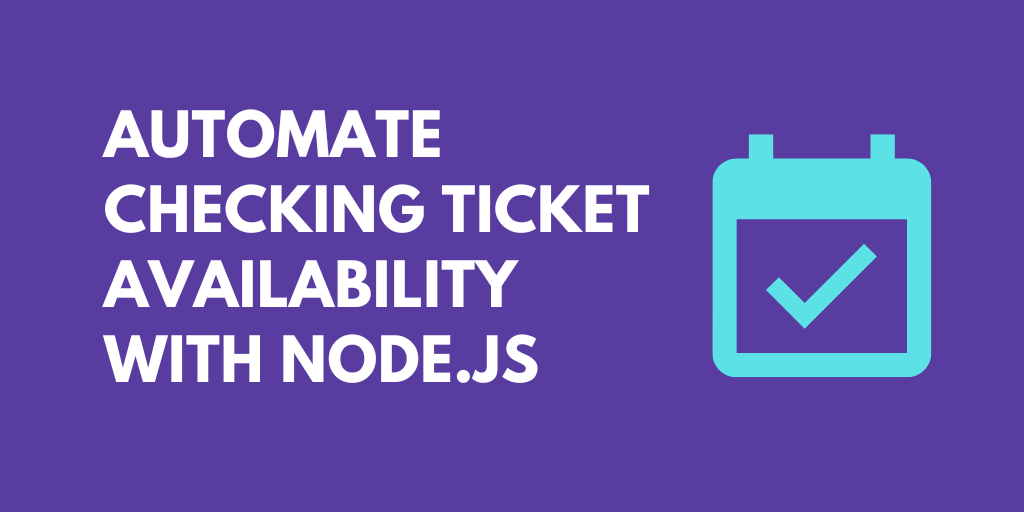What do you want to automate
with Talend and Node?
Prompt, edit and deploy AI agents that connect to Talend, Node and 3,000+ other apps in seconds.
Trusted by 1,000,000+ developers from startups to Fortune 500 companies
Popular Talend and Node Actions#
Write custom Node.js code and use any of the 400k+ npm packages available. Refer to the Pipedream Node docs to learn more.
List all plan executions the user is granted visibility on. For each plan execution returns execution and plan identifiers, start and finish timestamps, execution status and counters on done and planned executables within plan. See the documentation
Get detailed status of one plan execution. See the documentation
Overview of Talend#
The Talend API provides a robust toolkit for data integration and management, enabling the automation of tasks such as data extraction, transformation, and loading (ETL). By leveraging the Talend API within Pipedream, you can create intricate workflows that automate data operations, integrate with various data sources, and orchestrate data pipelines. It's a tool designed for data professionals seeking to streamline data processes and ensure data quality across their systems.
Connect Talend#
import { axios } from "@pipedream/platform"
export default defineComponent({
props: {
talend: {
type: "app",
app: "talend",
}
},
async run({steps, $}) {
return await axios($, {
url: `https://api.${this.talend.$auth.endpoint}.cloud.talend.com/account/users`,
headers: {
Authorization: `Bearer ${this.talend.$auth.persona_access_token}`,
"Accept": `application/json`,
},
})
},
})
Overview of Node#
Develop, run and deploy your Node.js code in Pipedream workflows, using it between no-code steps, with connected accounts, or integrate Data Stores and File Stores
This includes installing NPM packages, within your code without having to manage a package.json file or running npm install.
Below is an example of installing the axios package in a Pipedream Node.js code step. Pipedream imports the axios package, performs the API request, and shares the response with subsequent workflow steps:
Connect Node#
// To use previous step data, pass the `steps` object to the run() function
export default defineComponent({
async run({ steps, $ }) {
// Return data to use it in future steps
return steps.trigger.event
},
})Community Posts#
